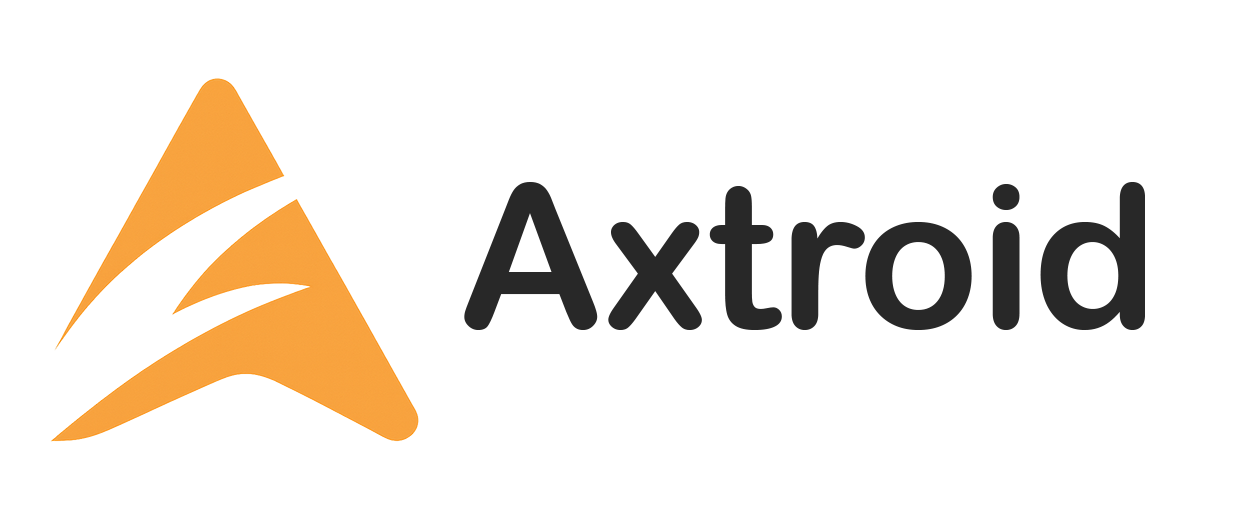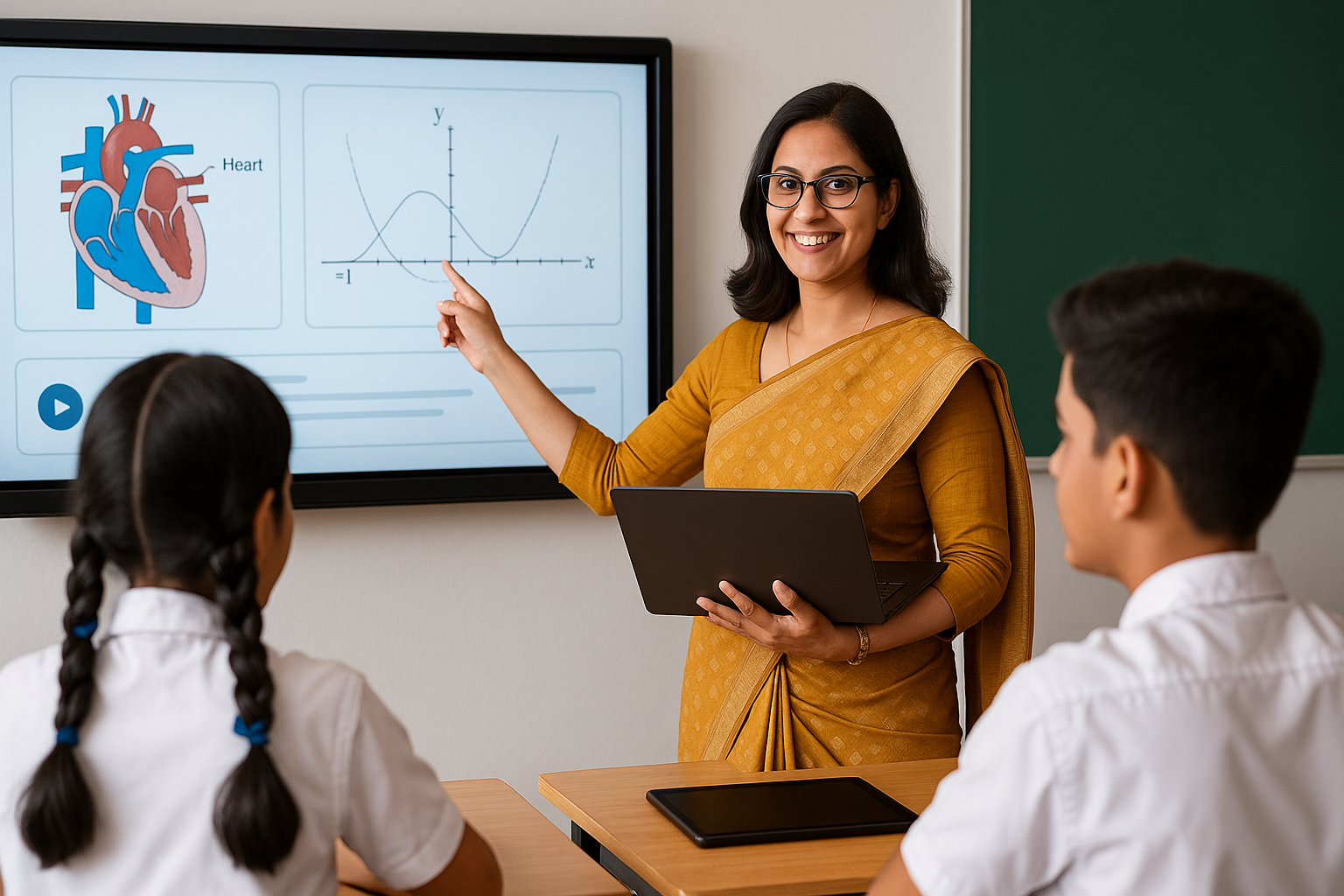Introduction
As Indian classrooms increasingly adopt digital tools and online platforms, the role of the teacher is undergoing a profound transformation. While educational technology (EdTech) can enhance the learning experience, it cannot replace the human connection, mentorship, and pedagogical expertise that teachers provide. In this new paradigm, teachers are not being replaced—they’re being redefined.
1. From Content Deliverers to Learning Facilitators
In traditional settings, teachers were the primary source of knowledge. With the rise of EdTech, students now have access to vast libraries of videos, simulations, and e-books. This shift positions teachers as facilitators of learning, guiding students through curated content, encouraging inquiry, and fostering critical thinking. They help students interpret digital information and apply it meaningfully.
2. Blending Tech with Pedagogy
Digital tools are most effective when paired with strong teaching strategies. Teachers now blend traditional methods with interactive content, gamified quizzes, and virtual labs. For instance, a science teacher might follow up a lecture with an AR-based simulation or a real-time quiz on platforms like Quizizz. This blended learning model keeps students engaged and reinforces concepts through multiple formats.
3. Assessors and Data Interpreters
EdTech platforms provide real-time data on student performance, highlighting strengths, weaknesses, and progress. Teachers are now interpreters of data, using insights from learning management systems (LMS) and assessment tools to customize instruction. Early identification of learning gaps allows for timely intervention and support, helping students stay on track.
4. Champions of Digital Literacy
In a digital-first world, teachers play a vital role in cultivating digital citizenship among students. This includes teaching how to evaluate online information, use technology responsibly, and maintain cybersecurity hygiene. Teachers also guide students on ethical tech usage, addressing issues like plagiarism, screen addiction, and respectful online communication.
5. Lifelong Learners and Tech Adopters
The shift to digital education demands that teachers become lifelong learners themselves. From mastering virtual classroom platforms like Google Classroom or Teachmint to learning content creation tools like Canva and Loom, teachers must continuously upskill. State education departments and private players are now offering workshops, webinars, and certification programs to support this evolution.
6. Bridging the Human-Tech Gap
While EdTech offers personalization, only a teacher can understand the emotional, social, and psychological needs of a child. They build rapport, offer encouragement, and provide context that technology cannot. Teachers are the human element that ensures education remains compassionate and inclusive, especially in times of uncertainty like the COVID-19 pandemic.
7. Advocates for Equity
Teachers are also advocates for equitable digital access. In underserved schools, they often go the extra mile—sharing their devices, printing digital worksheets, or organizing community learning circles—to ensure no child is left behind. Their awareness of on-ground realities makes them vital voices in designing inclusive EdTech solutions.
Conclusion
In a digitally-driven education system, teachers are no longer just instructors—they are curators, guides, mentors, and innovators. Empowering teachers with the right tools, training, and support systems is essential to ensure that technology serves as an enabler, not a barrier. As India embraces EdTech, we must recognize that the future of learning still depends on the heart, mind, and creativity of its teachers.


Leave a Reply